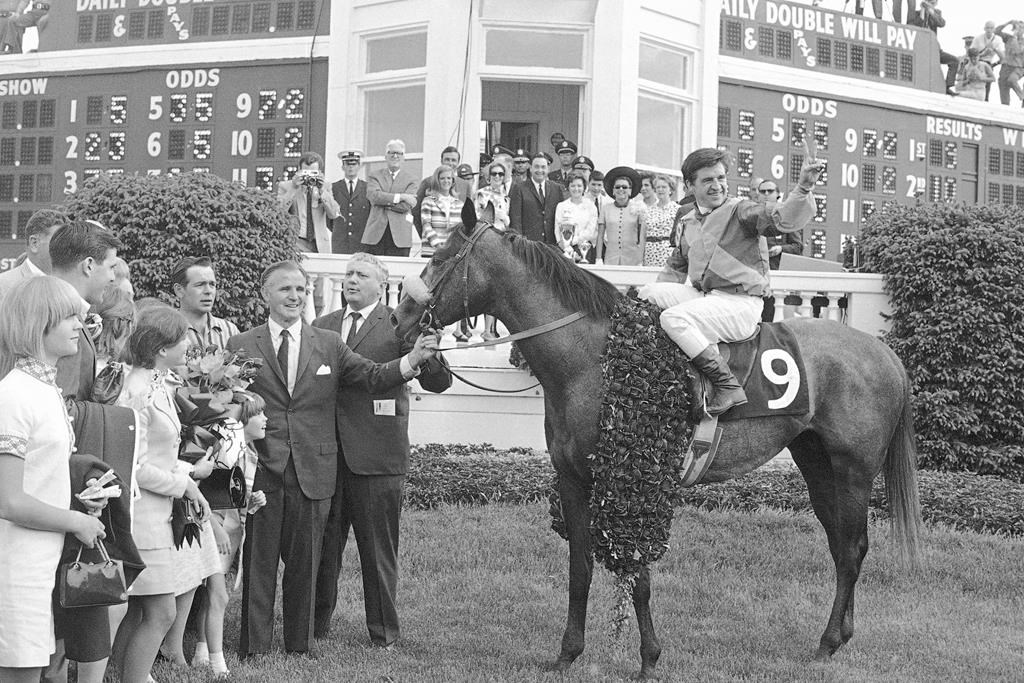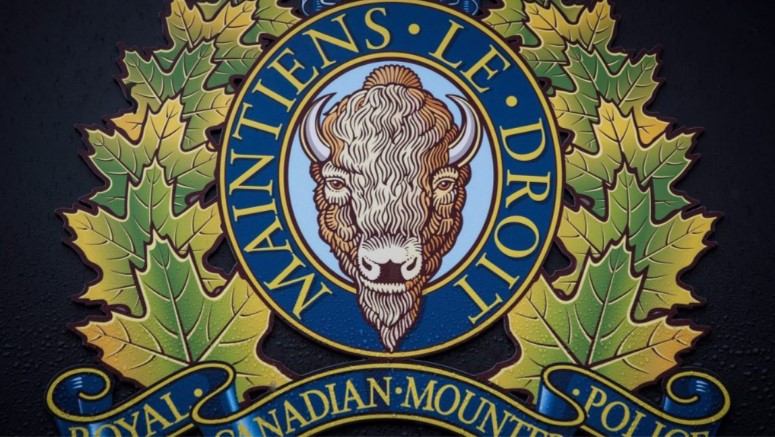Bobby Ussery, Hall of Fame jockey whose horse was DQ’d in 1968 Kentucky Derby, dies at 88

Posted Nov 17, 2023 04:19:59 PM.
Last Updated Nov 17, 2023 04:32:28 PM.
Bobby Ussery, a Hall of Fame jockey who won the 1967 Kentucky Derby and then crossed the finish line first in the 1968 edition only to be disqualified days later, has died. He was 88.
Ussery died Thursday of congestive heart failure at an assisted living facility in Hollywood, Florida, his son Robert told The Associated Press on Friday.
The elder Ussery won his first race at the Fair Grounds in New Orleans on Nov. 22, 1951, and went on to major wins in the Travers, Whitney and Alabama at Saratoga by the end of the decade.
He retired in 1974 with 3,611 career victories and he was inducted into the National Museum of Racing and Hall of Fame in 1980.
Ussery won the 1967 Derby aboard 30-1 longshot Proud Clarion. He picked up the mount after his original Derby horse, Reflected Glory, couldn’t make the race because of sore shins.
Ussery and Dancer’s Image crossed the finish line first in the 1968 Derby only to become the first horse ever disqualified days later as the result of a positive drug test. They rallied from last to win by 1 1/2 lengths over Forward Pass even though Ussery lost his whip.
It was the start of a four-year legal odyssey by owner Peter Fuller, who spent $250,000 unsuccessfully fighting the disqualification.
Traces of the anti-inflammatory phenylbutazone, known as bute, were found in Dancer’s Image’s post-race urinalysis. It was legal at some tracks at the time, but not at Churchill Downs. Veterinarian Alex Harthill had given the colt a dose of bute six days before the race, seemingly enough time for it to clear his system.
Dancer’s Image was disqualified by the stewards and placed 14th and last; Forward Pass was declared the winner. The trainer of Dancer’s Image and his assistant each received 30-day suspensions.
Fuller sent the winner’s gold trophy back to Churchill Downs to be engraved, but the track never returned it.
Ussery kept the trophy awarded to the winning jockey.
“As far as I’m concerned, I won the Derby in 1968 because they made the race official,” he told The Associated Press in 2019. “What they did with Dancer’s Image was another thing. It had no reflection on me.”
The Derby media guide includes the official chart showing Dancer’s Image as the winner, with a two-sentence explanation about the DQ, but in other sections Forward Pass gets the credit.
Ussery’s best finish in the Belmont Stakes was in 1959 aboard Bagdad. That same year he won Canada’s most prestigious race, the Queen’s Plate, with New Providence, one of his record 215 winners in 1959.
In 1960, he won the Hopeful Stakes on that year’s 2-year-old champion, Hail To Reason. He won the Flamingo, Florida Derby and Preakness on Bally Ache that year after they finished second in the Kentucky Derby.
He was born Robert Nelson Ussery on Sept. 3, 1935, in Vian, Oklahoma.
At Aqueduct in New York, Ussery was known for guiding horses to the outside of the track, near the crown where the dirt was packed hard, then diving toward the rail and opening them up on the far turn. That path was dubbed Ussery’s Alley.
“He was running on the hard surface and all the other horses were running in the sand like at the beach,” his son Robert recalled. “He would be so many lengths in front and he was the only one who could do that successfully.”
In 2011, Ussery was inducted into the Oklahoma Horse Racing Hall of Fame.
Besides his son, Ussery is survived by four grandchildren and two great-grandchildren. His daughter, Debra Paramanis, died in 2010.
___
AP sports: https://apnews.com/sports
Beth Harris, The Associated Press








